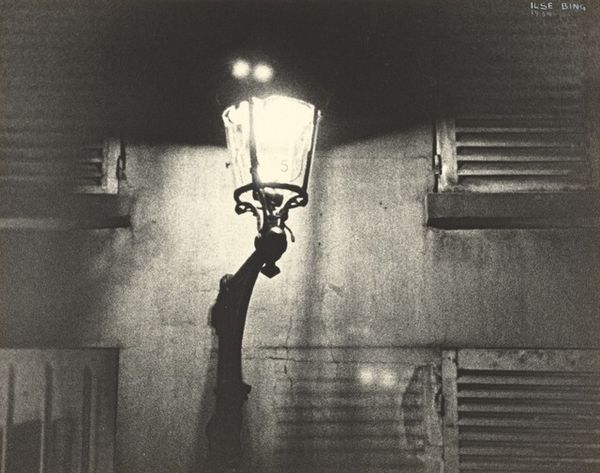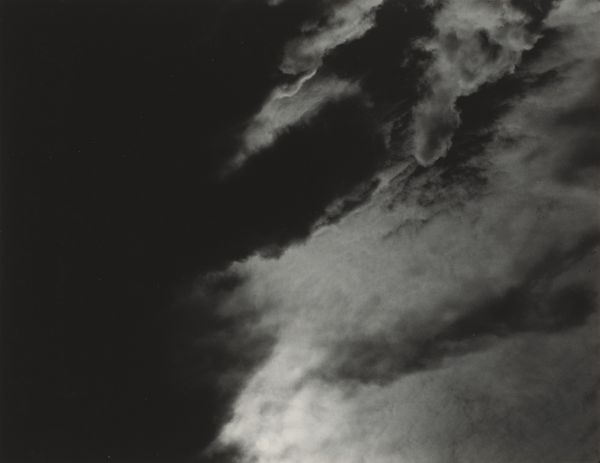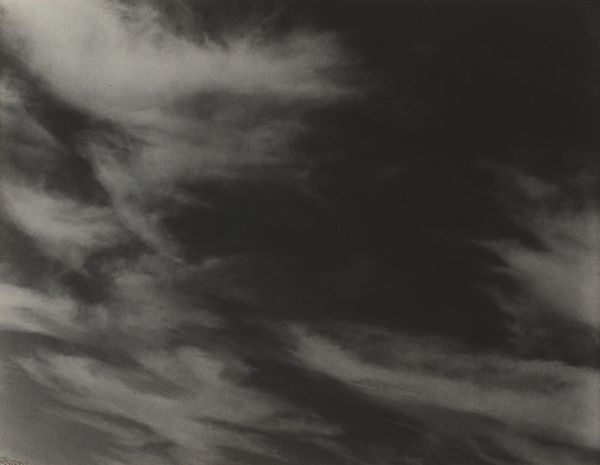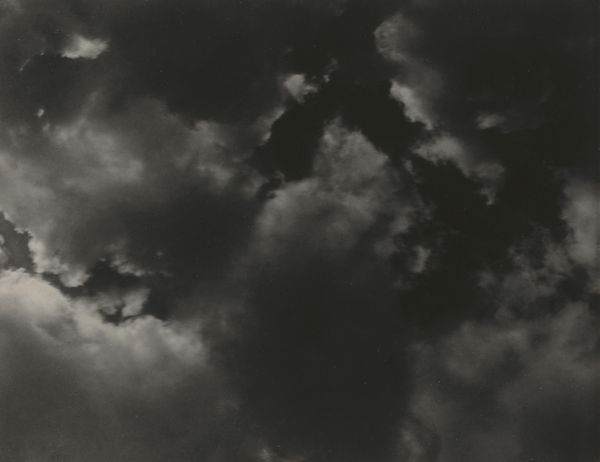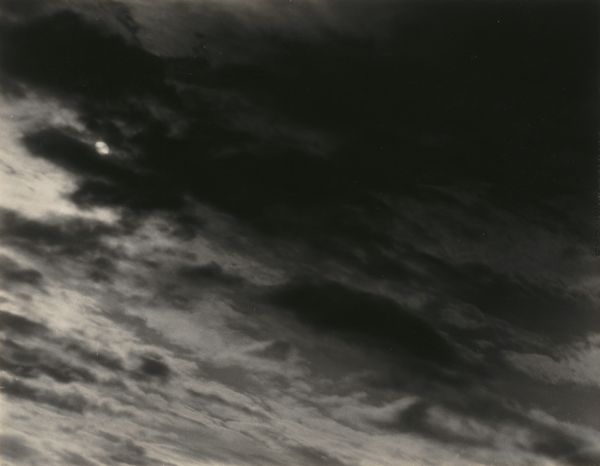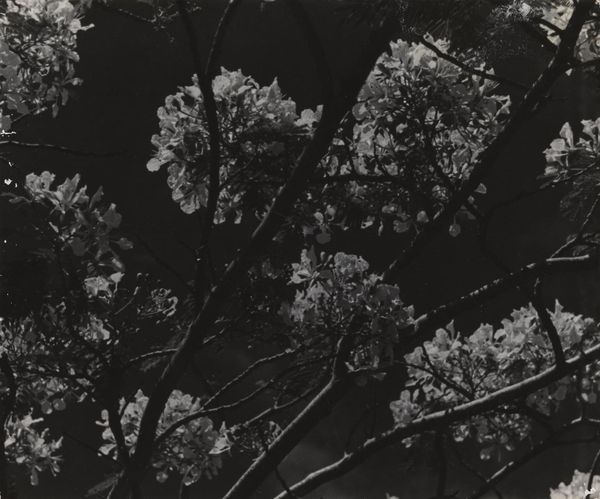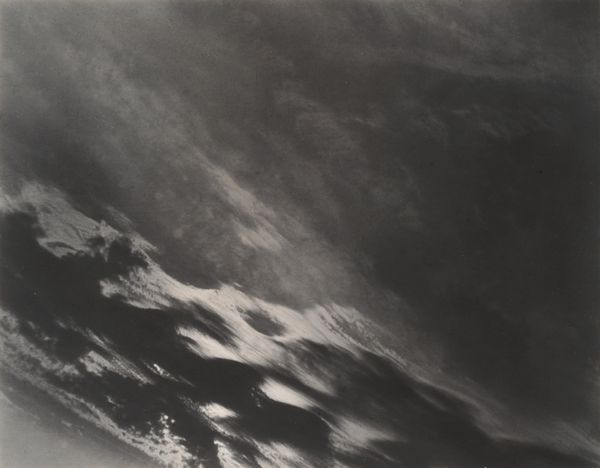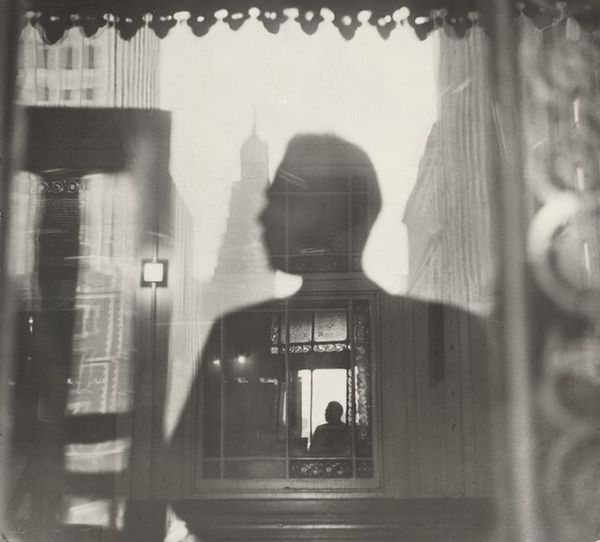
photogram, print, photography
#
art-deco
#
black and white photography
#
photogram
# print
#
black and white format
#
archive photography
#
street-photography
#
photography
#
black and white
#
monochrome photography
#
cityscape
#
monochrome
#
statue
#
monochrome
Dimensions: overall: 18.8 x 28.1 cm (7 3/8 x 11 1/16 in.)
Copyright: National Gallery of Art: CC0 1.0
Editor: Ilse Bing’s "Pont Alexander III, Paris," a photograph from 1934, really caught my eye. The composition, almost minimalist, with these ornate lamps against the sky... it's strangely calming, but also imposing. What do you see in this piece? Curator: The lamps aren't just lamps, are they? They’re cultural markers, signals. Think about the Pont Alexandre III itself – a symbol of Franco-Russian alliance, bridging two cultures. Bing isolates these lamps, elevating them almost to totemic status. The image carries this history, filtered through her modernist lens. Does the stark black and white add to this feeling, do you think? Editor: Definitely! Without color, it feels timeless, or maybe frozen in time. Almost like a monument captured by an archeologist. Curator: Precisely. And consider the Art Deco influence, with its blend of luxury and modernity. These lamps represent both. They are ornate but simplified in form. How do you think this resonates with the public during the interwar period? A beacon of hope? A reminder of past glories? Editor: It's a complex message, isn't it? Hope, but also a reminder of what was lost... Maybe a desire for stability during such uncertainty. Curator: Bingo! Bing cleverly layers these elements. The image becomes more than just a picture of a bridge; it embodies a cultural memory. Are there any details that suggest a sense of power? Editor: Well, the lamps tower over us, and that repetition certainly suggests grandeur and control, which can be a bit unsettling. Curator: Exactly. Seeing how Bing uses the language of symbols really does shed light on the period's values and anxieties. Thank you! Editor: This has definitely changed how I will approach understanding the use of symbolism within photography.
Comments
No comments
Be the first to comment and join the conversation on the ultimate creative platform.

